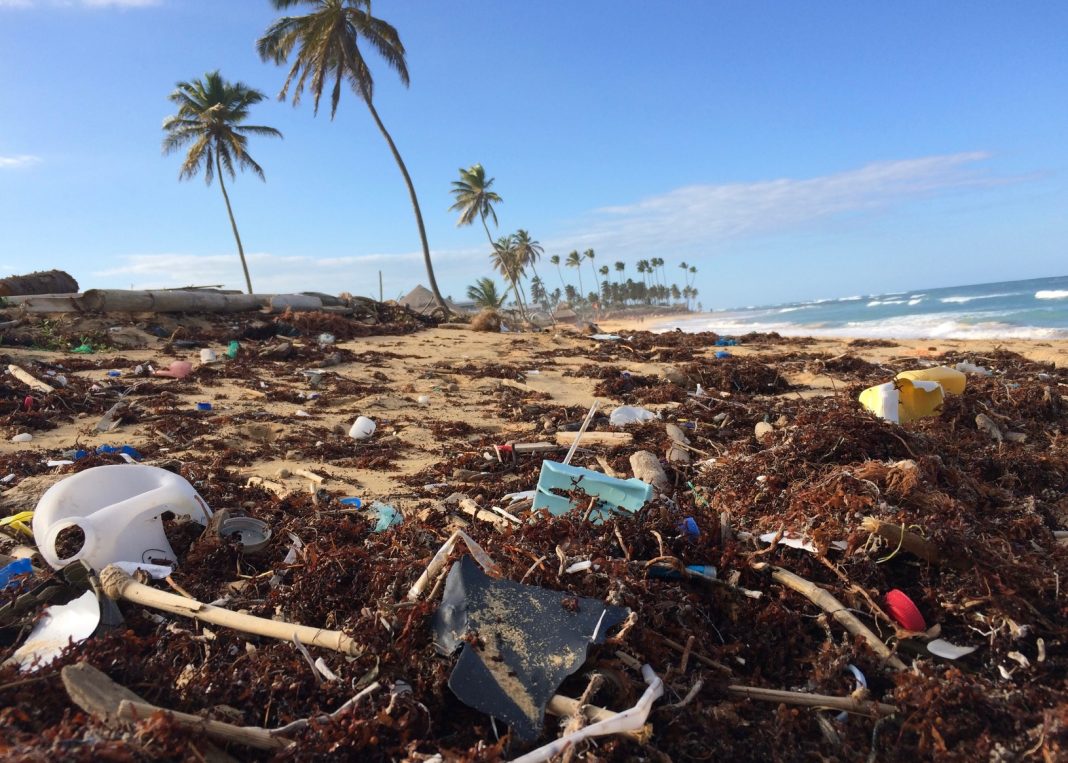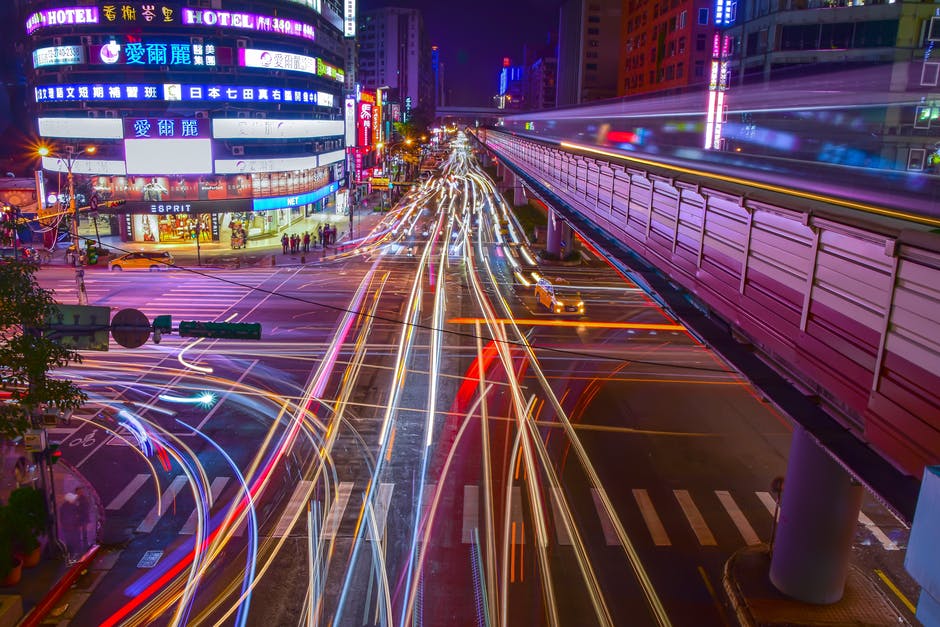In our busy lives, time is precious, and convenience is a splendid thing. It’s a relief when everyday tasks can be accomplished quickly and efficiently, allowing us to save time for the things we really want to be doing. Unfortunately, many of the conveniences afforded to us in this day and age come at a significant cost to the environment. Here are a few of the common culprits that make our lives easier, but also threaten the sustainability of our planet.
Single-Use Plastic
Unsurprisingly, anything that is designed to be used a single time and then thrown away is bound to create a lot of waste. Half of all plastic produced is designed to be used only once, which is especially problematic because plastic is highly persistent in the environment. Humans produce over 3 million tons of plastic waste every year, nearly equivalent to the weight of the entire human population (UN Environment Program). The issue with single-use plastic extends beyond the usual suspects of plastic water bottles, straws, and bags. Single-use plastic is also widely used in food packaging and shipping. Let’s not forget that the vast majority of plastics are produced from oil, natural gas and coal. It is well past time to explore biodegradable and environmentally-friendly materials that can be used in place of plastic.
Transportation
In many countries, another convenience of modern day life is driving your own car to work. Single-passenger automobiles are far less efficient than public transportation, resulting in more carbon emissions that contribute to global warming. For every mile traveled, public transit releases fewer pollutants. In the United States, subway transit results in 73% less carbon dioxide emissions than using a car, and 4.16 billion gallons of gas are saved each year by using public transportation (American Public Transportation Association). Public transportation also has a number of other important benefits such as saving money, easing traffic congestion, and increasing passenger safety.
Shipping and Delivery
It’s never been easier to have things shipped to you. You can buy something online and have it delivered right to your doorstep the very next day. However, shipping involves tons of packaging waste and millions of transport miles. Nearly a third of solid waste in the U.S. comes from e-commerce packaging (The Guardian). According to the EPA, corrugated boxes were the largest single product category of municipal solid waste in 2018 at 33.3 million tons generated. Even though the recycling rate for corrugated boxes is high (96.5%), landfills still received 940,000 tons of waste from corrugated boxes in 2018.
Fast Fashion
The term “fast fashion” refers to clothing that is mass produced, manufactured rapidly and using low-quality materials. It comes with a cheap price tag, but the cost to the environment is steep. According to the UN Environment Program, the fashion industry comprises roughly 10% of global greenhouse gas emissions, more than all international flights and maritime shipping combined. It’s also the second biggest consumer of water globally. The fashion industry is considered by the UN Conference on Trade and Development to be the second most polluting industry in the world. A number of fashion companies are finally realizing the gravity of this problem and integrating sustainability principles into their business practices.
Electronics
In the world of electronics, consumers want the latest and greatest model of every device. According to the UN Environment Program, we produce over 55 million tons of e-waste every year, weighing more than all commercial airliners ever made. Only 20% of this is recycled, which represents a serious missed opportunity for the economy. The e-waste produced each year is worth over $62.5 billion. In 2019, the Platform for Accelerating the Circular Economy and the UN E-Waste Coalition reported that global e-waste production is on track to reach over 132 million tons per year by 2050 if current trends continue.
It’s not necessary to sacrifice all aspects of convenience, but before you take the easy route, think about the consequences. Businesses should design – and consumers should seek out – durable products that are built to last. Whenever possible, buy in bulk and avoid products that are individually wrapped or packaged in plastic. Have items shipped to you only when necessary and try to consolidate trips to the store. Businesses and governments need to maximize reuse and recycling opportunities for all products, especially plastics. We need to slow the flow of waste at its source, but we also need to improve the way we manage our waste. New systems are needed to encourage buy-back and returns of used electronics. Making the right choice might not always be the most convenient option, but it’s the right course of action for the planet.






